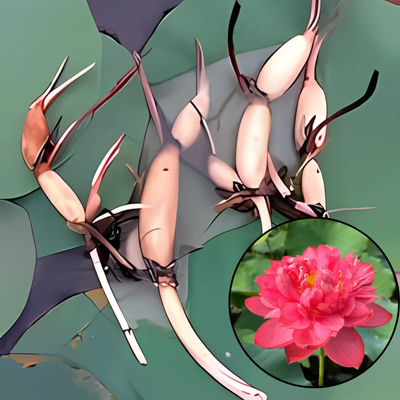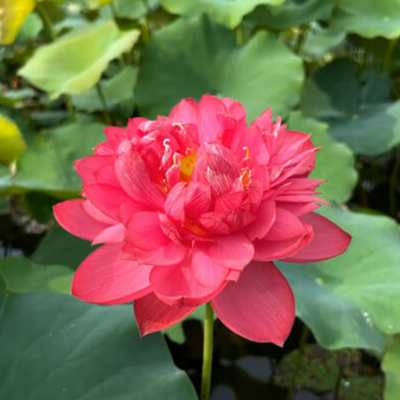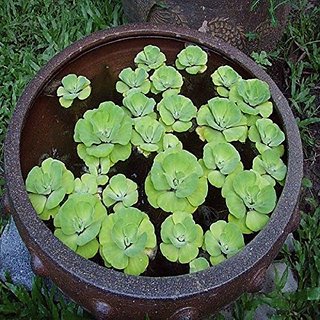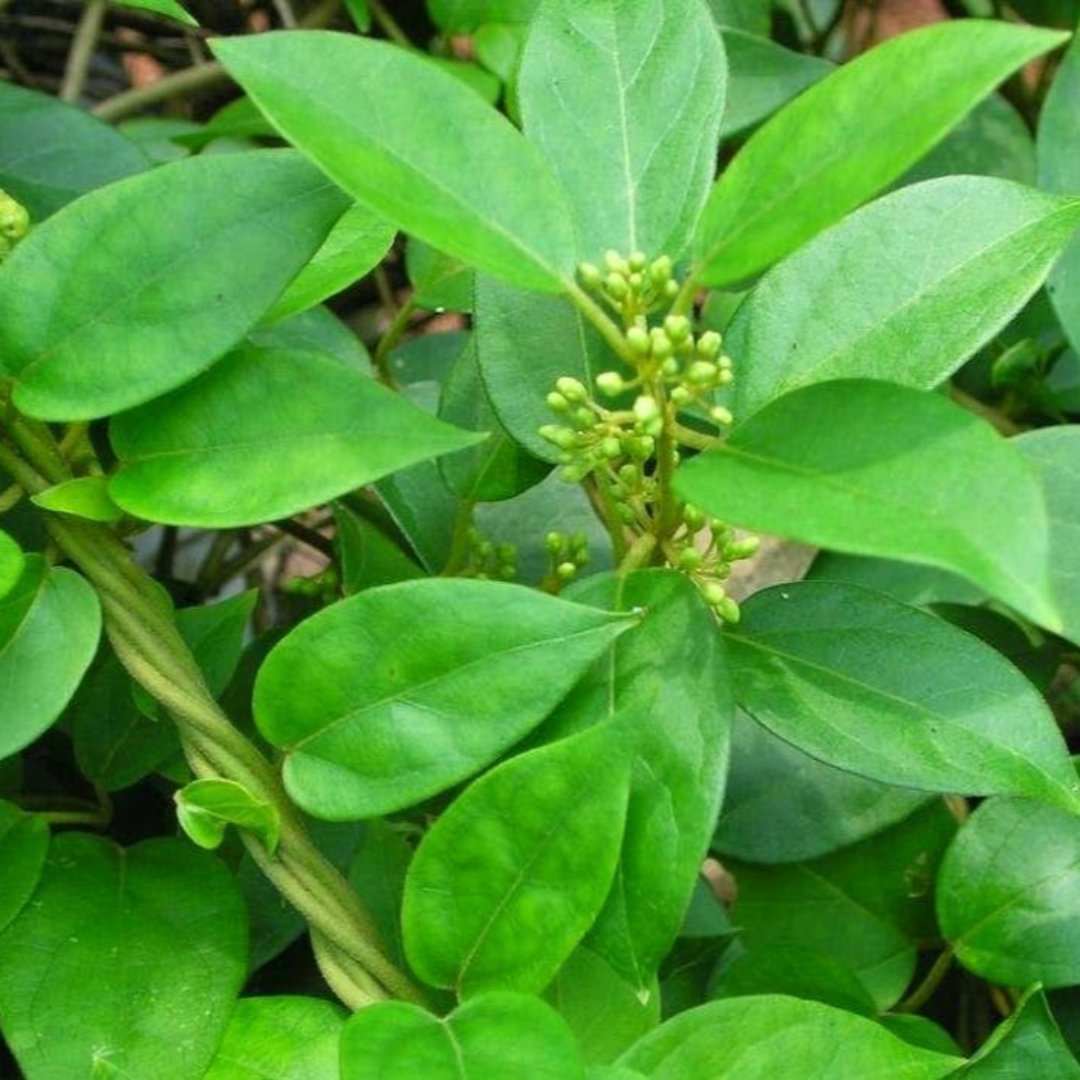
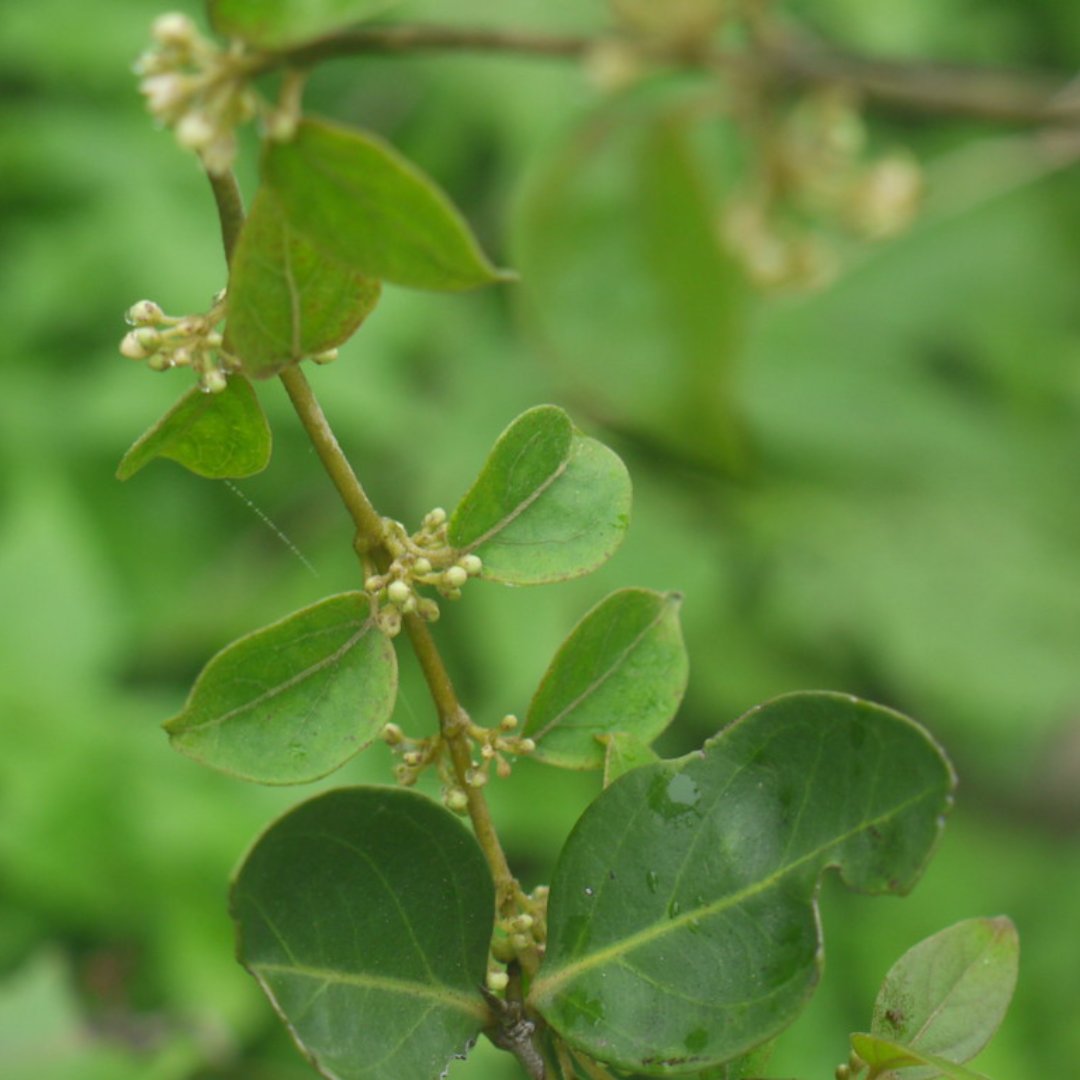

Madhunashini Live And Healthy Plant - Buy Online
Guaranteed Safe Checkout
Introducing the Madhunashini Plant –
Your Gateway to Natural Sweetness and
Holistic Wellness
Unlock the enchanting world of the Madhunashini Plant, a botanical marvel renowned for its exceptional sweetness and powerful health benefits. As you delve into the realm of this extraordinary plant, discover the key features, benefits, and unique selling points that make the Madhunashini Plant an indispensable addition to your green sanctuary.
Key Features:
Natural Sweetener:
- The Madhunashini Plant, also known as the "Sweet Destroyer," is celebrated for its leaves that pack a natural sweet punch.
- Enjoy a guilt-free indulgence as you pluck a leaf and savor the delightful sweetness, sans the calories.
Holistic Health Benefits:
- Beyond its delectable taste, the Madhunashini Plant has been revered for its medicinal properties.
- Rich in antioxidants, it supports immune function, aids digestion, and contributes to overall well-being.
Easy-to-Grow:
- Whether you're a seasoned gardener or a green-thumb novice, the Madhunashini Plant is a low-maintenance addition to your garden.
- Thriving in various climates, this plant is adaptable and resilient.
Attractive Foliage:
- Elevate the aesthetic appeal of your garden with the Madhunashini Plant's lush, vibrant green leaves.
- Its botanical beauty makes it a charming addition to any landscape.
- Versatile Usage: Beyond its ornamental value, the Madhunashini Plant is a versatile herb.
- Use its leaves as a natural sweetener in teas, desserts, or salads, and explore the myriad culinary possibilities it presents.
Benefits:
Sugar Substitute:
- Tired of artificial sweeteners? The Madhunashini Plant offers a healthy, natural alternative to refined sugar, making it an ideal choice for those looking to cut down on added sugars.
Diabetes-Friendly:
- With its natural sweetness and potential blood sugar-regulating properties, the Madhunashini Plant is a diabetic-friendly option, offering a guilt-free way to satisfy your sweet tooth.
Digestive Aid:
- The Madhunashini Plant has been traditionally used to support digestive health.
- Incorporate its leaves into your routine to experience potential relief from indigestion and bloating.
Immune System Support:
- Packed with antioxidants, the Madhunashini Plant may help boost your immune system, providing an added layer of defense against common ailments.
Natural Detoxifier:
- Embrace the detoxifying properties of the Madhunashini Plant. Its leaves may aid in cleansing your system, promoting a healthier, revitalized you.
Rare and Exotic:
- The Madhunashini Plant is a rare gem, adding an exotic touch to your garden.
- Impress friends and family with this unique and intriguing botanical wonder.
Sustainable Sweetness:
- Contribute to a sustainable lifestyle by cultivating your own natural sweetener.
- The Madhunashini Plant allows you to enjoy sweetness while minimizing your environmental impact.
Health-Conscious Living:
- Elevate your health-conscious lifestyle with the Madhunashini Plant.
- This plant aligns with your wellness goals, offering a dual combination of flavor and health benefits.
Educational Experience:
- Cultivate curiosity and knowledge by growing the Madhunashini Plant.
- It provides an educational opportunity for individuals and families to learn about the natural world and traditional herbalism.
Growing and Caring Tips:
Sunlight:
Plant your Madhunashini in a location that receives partial to full sunlight. Aim for at least 4-6 hours of sunlight daily.
Soil:
Ensure well-draining soil to prevent waterlogging. A mixture of potting soil and organic compost works wonders for the Madhunashini Plant.
Watering:
Keep the soil wet but not waterlogged at all times. Water when the top inch of soil feels dry to the touch.
Temperature:
The Madhunashini Plant thrives in temperatures between 60°F to 75°F (15°C to 24°C). Protect it from frost, as it prefers a warm and tropical climate.
Pruning:
Regularly trim the plant to encourage bushier growth and harvest the leaves for consumption. Pruning also helps maintain the plant's shape and overall health.
Fertilization:
Feed your Madhunashini Plant with a balanced liquid fertilizer during the growing season to enhance its vitality.
Elevate your garden and health with the Madhunashini Plant. Immerse yourself in the captivating journey of cultivating this extraordinary plant, unlocking the secrets of natural sweetness and holistic well-being. From its easy-to-grow nature to the multitude of health benefits, the Madhunashini Plant is a must-have for those who seek a harmonious blend of flavor and wellness. Embrace the extraordinary – welcome the Madhunashini Plant into your life today.

